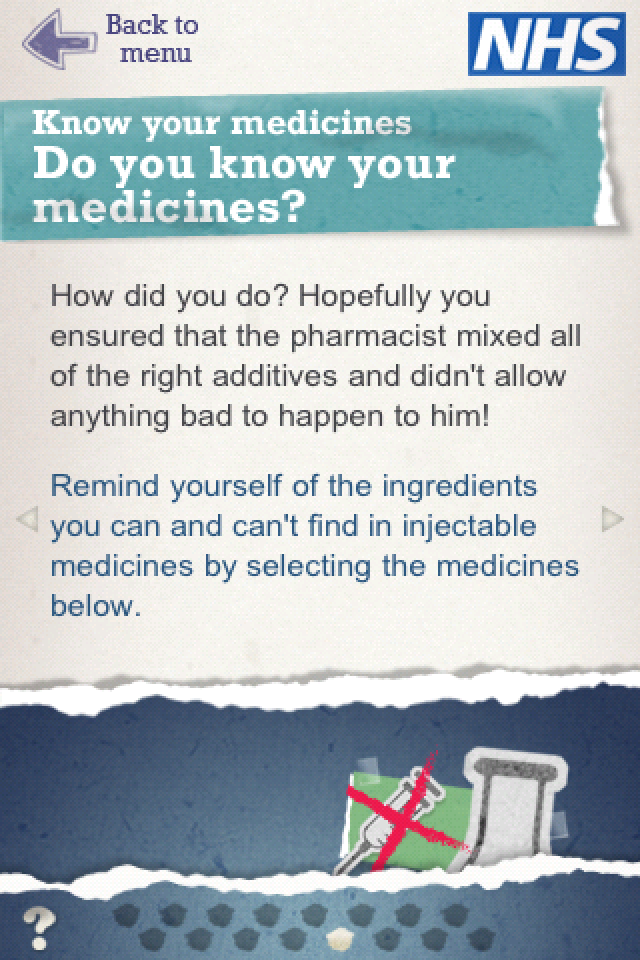(We have created an 8-part comprehensive report containing a series of two-to-three page “briefs.” This is part 1: What is mLearning? If you would like to see the collection in its entirety, click here.)
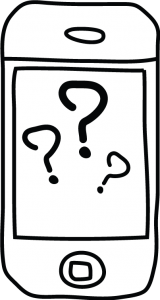 mLearning is THE biggest buzzword and topic of conversation within learning functions inside organizations and in academia. But what, exactly, is it? And – what’s the impetus? How about the constantly changing devices – what impact will they have on mLearning? We attended eLearning Guild’s mLearn 2011 and want to share our take on the top topics from mLearn as well as our own research-based insights.
mLearning is THE biggest buzzword and topic of conversation within learning functions inside organizations and in academia. But what, exactly, is it? And – what’s the impetus? How about the constantly changing devices – what impact will they have on mLearning? We attended eLearning Guild’s mLearn 2011 and want to share our take on the top topics from mLearn as well as our own research-based insights.
Everyone is talking about mLearning, but consensus on what mLearning IS is absent – except for agreement that it involves mobile phones and tablets. We’ve heard and read several definitions – and we recognize that ‘mLearning” has become a catch-all term that people are using to describe:
- 1. The distribution of comprehensive courses or information presentations that can be lengthy (e.g. up to an hour’s time to complete).
- 2. The distribution of a series of short (5-minute or less) learning “bites.”
- 3. Just-in-time reference content.
Some SHOW rather than just TELL
We know that mLearning is an abstract concept to many people, so here are a few examples. All of them except our own BLP example were provided at mLearn 2011.
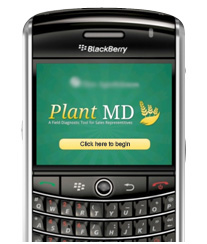 Reference tool
Reference tool
This web application (available via the Internet as opposed to through an app store) is designed as a field resource. Users start by selecting what they want to look up – a disease, an insect, or a weed – and the app will lead them through screens that help them get to the specific item they want. Once there, they can see photos, review symptoms of damage, and obtain a list of treatment options.
mCourse
This native application (available for download in app stores) was developed for the National Health Service in the United Kingdom. If you download it, you’ll see clear organization and easy navigation. However, modules contain audio that is critical to hear – and if you are in a crowded place, you may not want audio. Some of the modules are also very long (up to 14 screens’ worth), giving you a lot of content and no way to flip easily from screen one to screen six – or to bookmark progress within a section.
Adult Drug Calculations – Available for free download to iPhone, iPad, and Android devices; created by Epic Learning
Learning game — Tablet version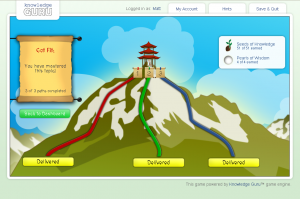
Knowledge Guru (http://theknowledgeguru.com): This learning game is playable on the iPad and other tablets. It is specifically designed to cultivate retention of information or introduce foundational information. This is a prototype – users would insert their own questions into the engine to create their own learning game.
Learning game — iPhone and Android version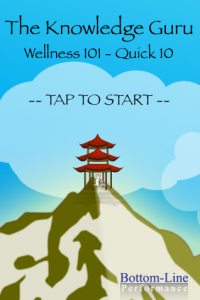
The Knowledge Guru Quick 10 is an abbreviated version of the full Knowledge Guru. It gives 10 questions and a quick score. It’s intended to require less than two minutes of playing time.
Available for free download to iPhone and iPad. Available for Android marketplace this fall.
Our Bottom-Line advice?
View mLearning as a buffet of options that supports people in doing their jobs when traditional means do not make economic or learning sense. Think buffet because mLearning can span low-tech to very high-end – from text messages to QR codes to mini-modules to robust learning games. Choose mLearning to address specific problems, not as an overarching strategy. It is a delivery tool that is useful in some – but not all situations. Its primary benefit is going to be ease of access for mobile populations, populations that need 24/7 access to content, or in contextual situations where access to information via a mobile device makes the most sense.



